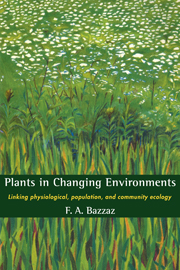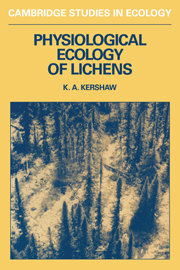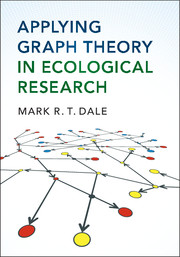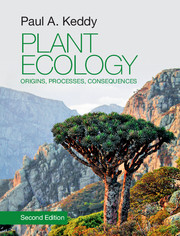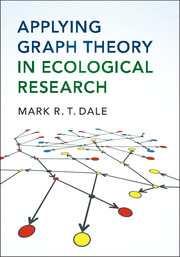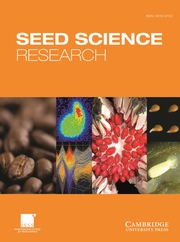Plants in Changing Environments
Forces of nature and human intervention lead to innumerable local, regional and sometimes global changes in plant community patterns. Irrespective of the causes and the intensity of change, ecosystems are often naturally able to recover most of their attributes through natural succession. In this thoughtful and provocative new book, Fakhri Bazzaz integrates and synthesises information on how disturbance changes the environment, how species function, coexist, and share or compete for resources in populations and communities, and how species replace each other over successional time. Furthermore, the book shows how a diverse array of plant species have been used to examine fundamental questions in plant ecology by integrating physiological, population and community ecology. Graduate students and research workers in plant ecology, global change, conservation and restoration will find the perspective and analysis offered by this book an exciting contribution to the development of our understanding of plant successional change.
- First book by one of the leading figures in the field of plant ecology
- Complements growing list of publications in the global change and conservation fields
- Unique synthesis of information on how plants respond to change as individuals, groups and whole communities
Reviews & endorsements
"Written by a senior plant ecologist, this book packs a career's worth of perspective and insight into a single volume...The book is well suited either for a stimulating graduate student seminar or for the experienced research scientist who wishes to reflect on the state of plant ecology...It would be nice to find more contributions of this sort from other senior ecologists." The Quarterly Review of Biology
"Bazzaz and his students were early advocates of the idea of linking studies on physiological controls on ecological responses, genetic variation within populations, and consequences of these for the composition of the plant community. Their dedication to this multidisciplinary approach and their persistence in applying it to a small number of ecological settings have resulted in a truly unique body of information." Christopher Field, Science
"Those interested in the effects of changing environments on plant communities and ecosystems will find Bazzaz's book a welcome addition to a scattered literature on this topic....In these days of thinking ahead about the effects of a warmer climate on the plant ecosystems of the world, this book should find an important place." D.H. Pfister, Choice
"Plants in Changing Environments provides a wealth of information that is ripe for comparison to species of other geographic regions. I recommend it to succession researchers and, more generally, to those interested in the strengthening of synthetic viewpoints in ecology." David J. Hicks, RHODORA
"Bazzaz has singularly approached the study of succession in an integrated manner...and...on a community level." H. A. Mooney, Tree Physiology On-Line
"This book is filled with a wealth of information and ideas that, no doubt, will serve as a source of inspiration for students and researchers for years to come." H.S. Mooney, Tree Physiology On-Line
Product details
October 1996Paperback
9780521398435
332 pages
229 × 153 × 23 mm
0.54kg
152 b/w illus. 9 tables
Available
Table of Contents
- 1. Introduction and background
- 2. Plant strategies and successional change: a resource-response perspective
- 3. Community composition and trends of dominance and diversity in recovering ecosystems
- 4. The environment of successional plants: disentangling causes and consequences
- 5. Recruitment in successional habitats: general trends and specific differences
- 6. How do plants interact with each other?
- 7. Plant/plant interactions and ecosystem recovery
- 8. Competition and the evolution of response breadths and niches
- 9. Ecological and genetic variation in early successional plants
- 10. Coping with a variable environment: habitat selection, response flexibility: tracking, acclimation, and plasticity
- 11. Physiological trends of plant in recovering ecosystems
- 12. Crossing the scales: can we predict community composition from individual species response?
- 13. From fields to forests: forest dynamics and regeneration in a changing environment
- 14. Succession and global change: the implications of migration, extinction, and adaptation
- References
- Index.

